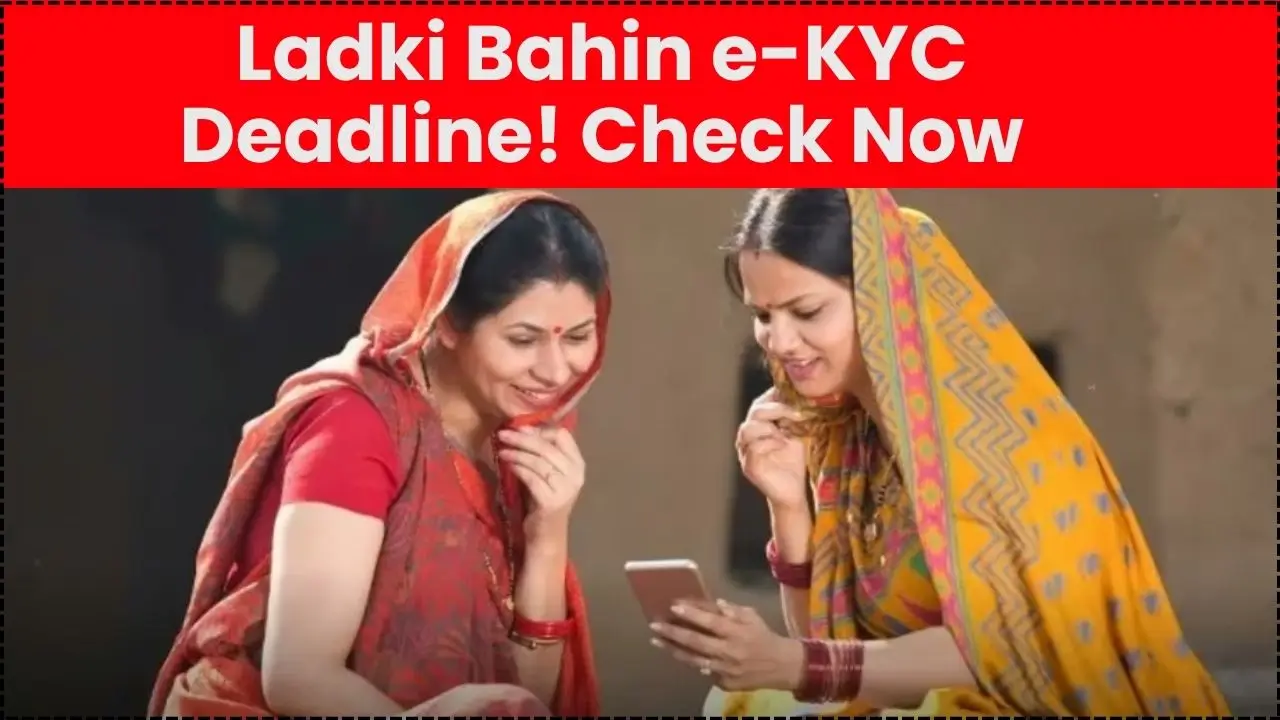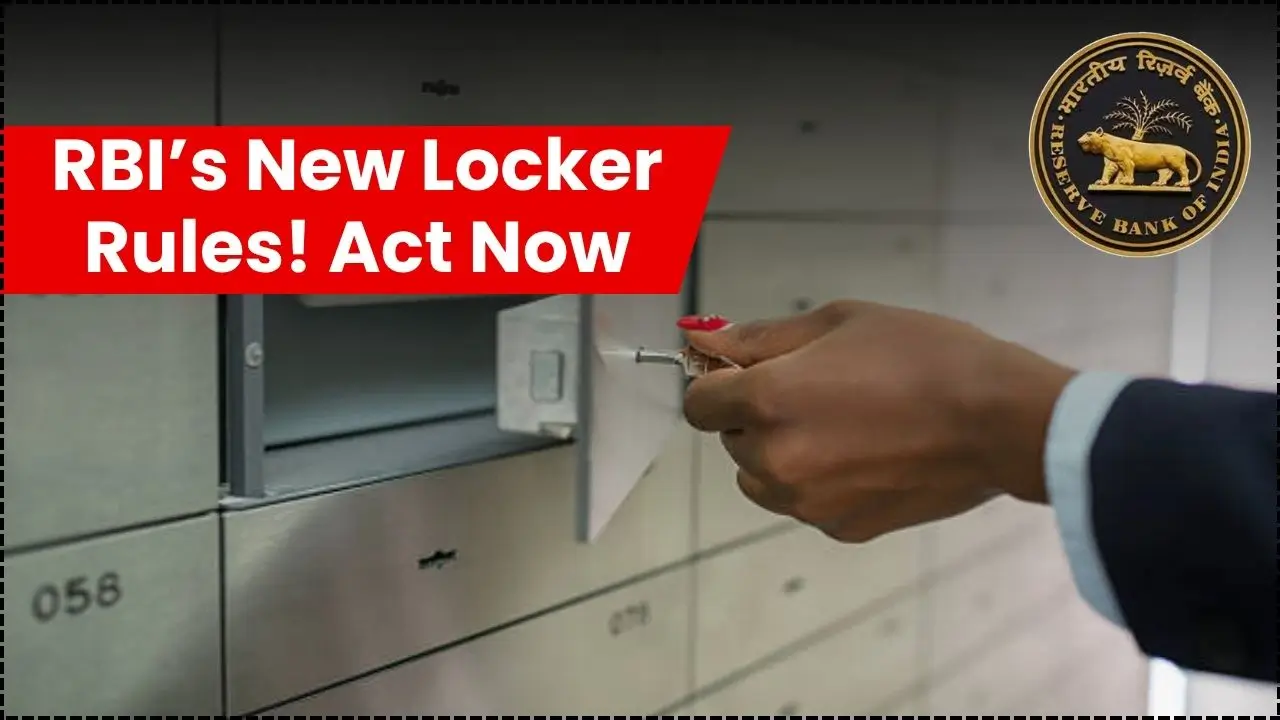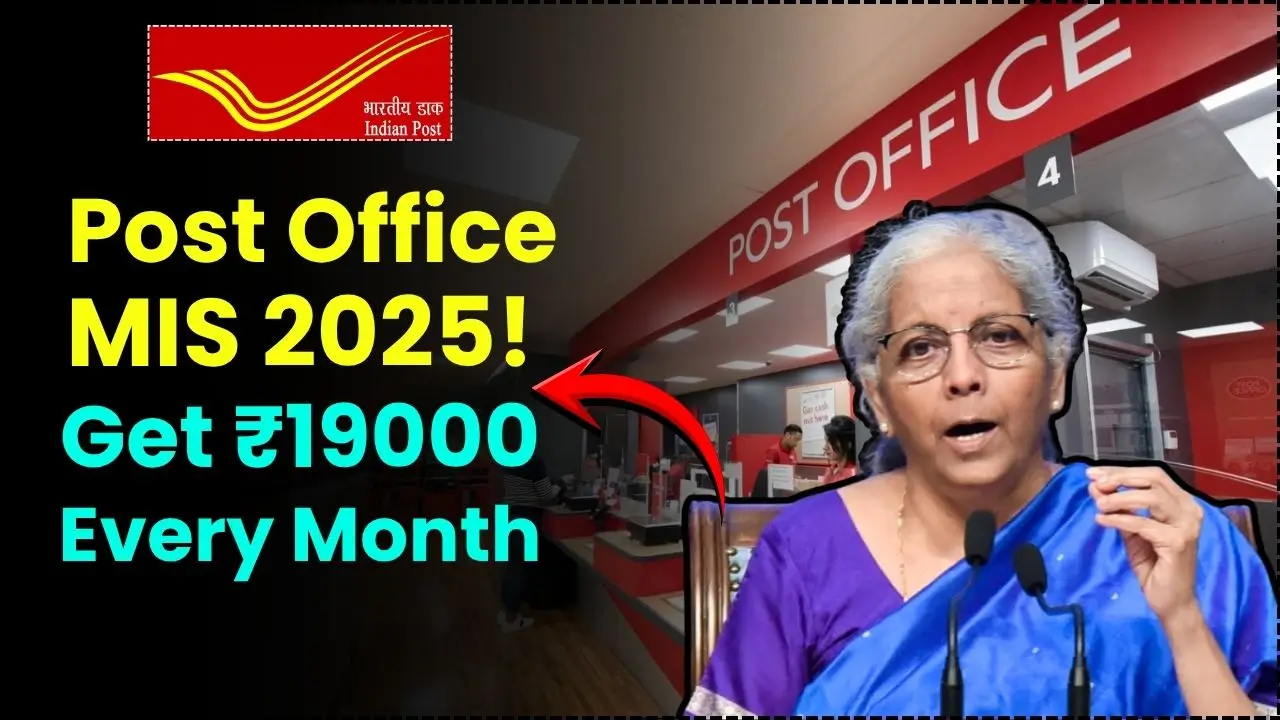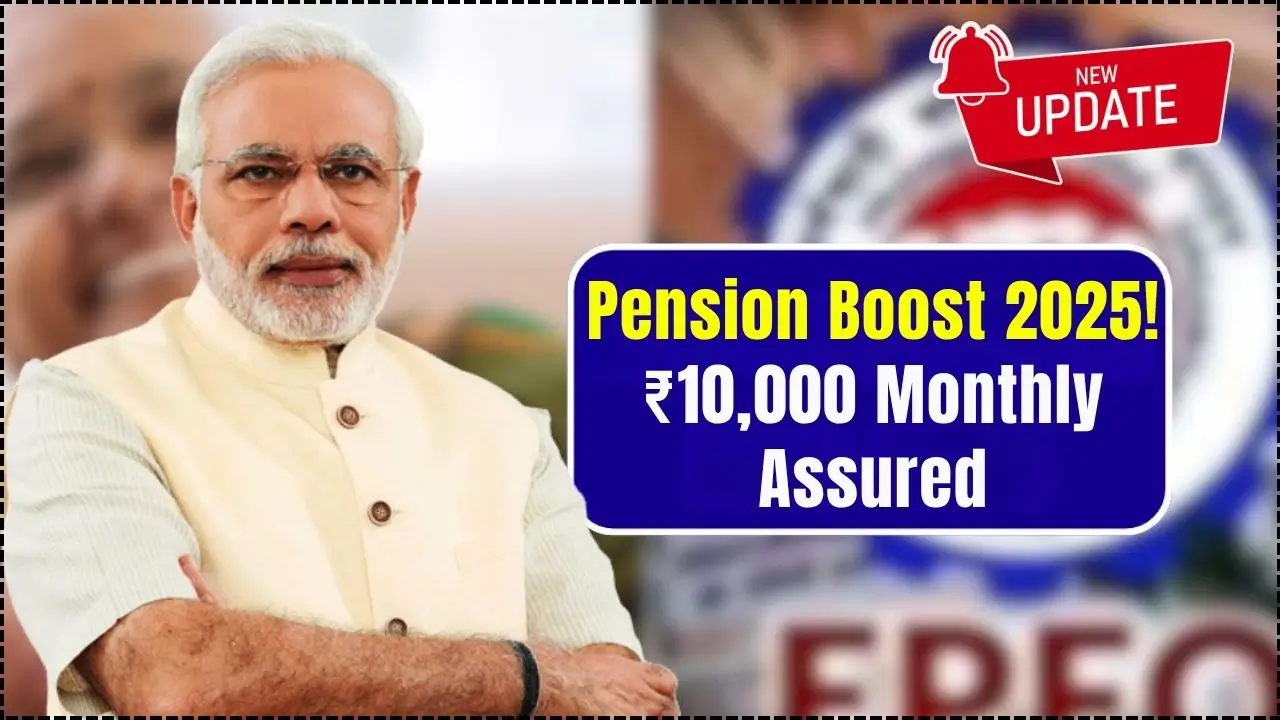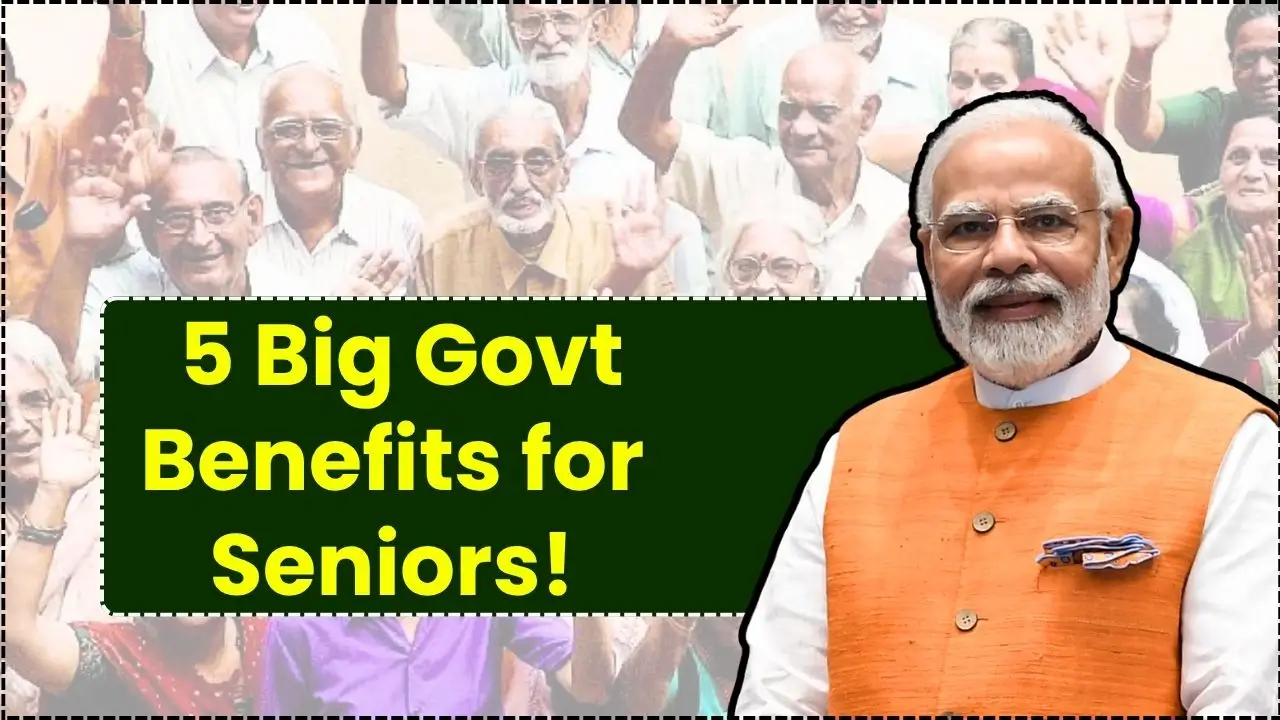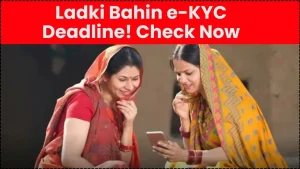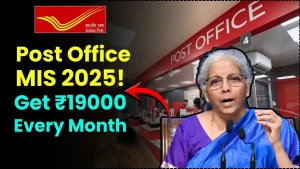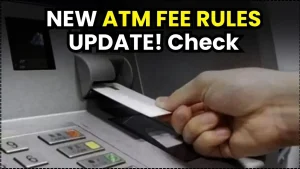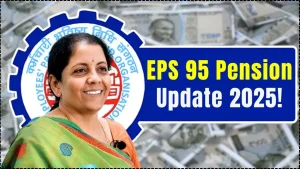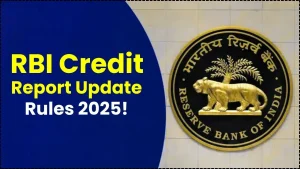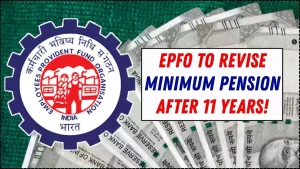If you’ve been getting messages from your bank about updating KYC or fixing nomination details, don’t ignore them. RBI rule change after November 15 is bringing stricter enforcement around overdue KYC and nomination hygiene, and if you miss multiple reminders, your account can face temporary restrictions until you comply. The goal is simple: improve security, reduce fraud, streamline claims for families, and ensure accounts don’t go dormant due to missed paperwork. RBI rule change after November 15 is not meant to scare customers it’s meant to give you many chances to comply before any action is taken and to make re‑KYC easier with options like self‑declaration and Business Correspondent support. You’ll see clearer communications, longer grace windows for low‑risk users, and standardized nomination practices that help families access funds smoothly when it matters most.
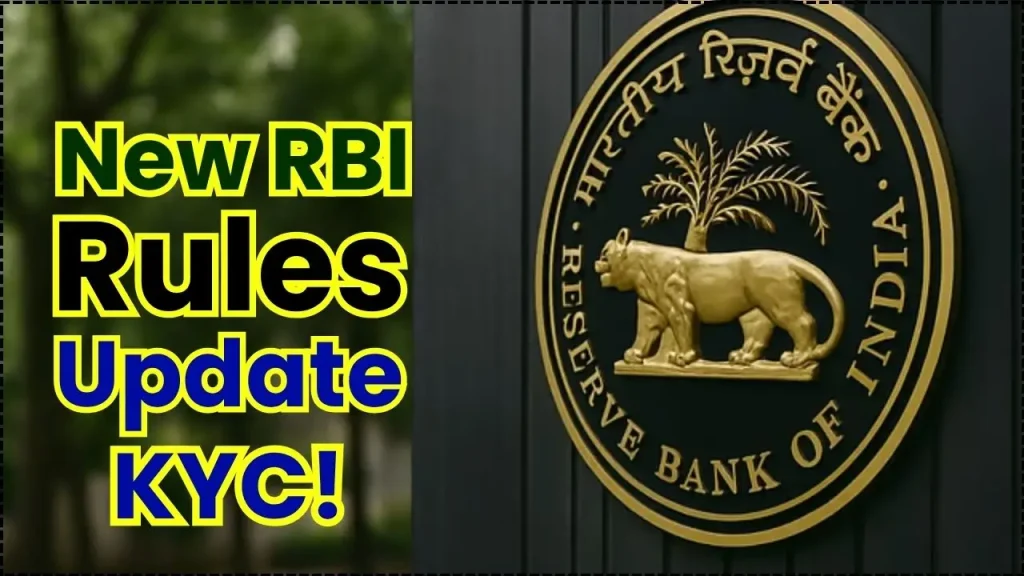
RBI rule change after November 15 affects two key areas: periodic KYC/re‑KYC enforcement and nomination reforms, with banks required to send multiple notices and reminders before restricting operations for non‑compliance. Customers categorized as low‑risk get extended timelines to avoid disruption, while everyone else gains simpler ways to update details, including via Business Correspondents, self‑declarations, and digital methods. If you ignore every notice, a temporary debit block is likely credits typically continue until you finish KYC, so acting early is the best way to stay fully operational.
RBI Rule Change
| Key Change | What It Means For You | When It Applies | Why It Matters |
|---|---|---|---|
| Three advance KYC notices | You receive multiple alerts SMS/email/app plus one physical letter before your due date | Before KYC becomes overdue | Reduces sudden freezes and ensures fair warning |
| Three post‑due reminders | Additional follow‑ups after due date if you still haven’t updated | After the KYC due date lapses | Last window to comply before restrictions |
| Temporary operational restrictions | Debits may be blocked if you ignore all reminders; credits may continue | After all reminders are exhausted | Ensures compliance while minimizing disruption |
| Relief for low‑risk customers | Transactions continue while you complete KYC within the grace window | For low‑risk users | Protects day‑to‑day banking and DBT flows |
| Business Correspondent facilitation | Re‑KYC and self‑declaration can be done via BCs, including in rural/semi‑urban areas | Ongoing | Easier access, faster closure of pendency |
| Nomination reforms | Multiple nominations, clearer shares, smoother claims for deposits/lockers | From late 2025 onward | Faster access for families; fewer disputes |
| UCIC‑level efficiency | If you’re already KYC‑compliant with the bank, no repeated full CDD for new products | Ongoing | Less duplication and faster service |
RBI rule change after November 15 gives you many chances to comply, clearer instructions, and simpler pathways self‑declaration, Business Correspondents, and digital KYC so that everyday banking stays smooth. Temporary restrictions arrive only when every reminder is ignored. Update your KYC as soon as you’re nudged, keep your contact information current, and fix nominations now to protect your family’s access to funds. Taking these steps early keeps your account running without surprises and positions you well under the strengthened, customer‑centric framework.
What Exactly Changes After November 15
- Multiple reminders before any freeze: Banks must reach out several times before taking restrictive action, including at least one physical letter, so you’re not blindsided.
- Risk‑based restrictions if overdue: If re‑KYC remains pending after reminders, banks can impose temporary restrictions commonly on debits until KYC is updated.
- Easier compliance routes: If nothing changed in your KYC except perhaps your address, a self‑declaration works, and Business Correspondents can record it digitally without you having to make a branch visit.
- Relief for low‑risk customers: Low‑risk accounts get extended windows, keeping transactions running while you finish the update within the prescribed timeframe.
Why Your Account Could Be Temporarily Blocked
- Overdue periodic KYC: Ignoring all notices and reminders can result in temporary restrictions that lift once you complete the update.
- Risk triggers: Unusual activity or red flags can lead to enhanced due diligence; not cooperating may cause stricter limits.
- Nomination hygiene: With nomination reforms tightening processes, failing to regularize nominations can complicate servicing and claims; banks are actively nudging customers to update these records.
How To Avoid Any Freeze or Restriction
- Act fast on the first alert: Don’t wait for the physical letter use the app, internet banking, or a BC to complete re‑KYC as soon as you get the initial reminder.
- Use self‑declaration when eligible: If no details changed, or only your address changed, a quick self‑declaration is usually enough to bring your account up to date.
- Keep contact details updated: Ensure your phone, email, and postal address are current so all notices reach you in time.
- Prefer digital and CKYCR: Where available, leverage Aadhaar e‑KYC, video KYC, and CKYCR retrieval to finish updates without resubmitting documents repeatedly.
Nomination Matters More Now
- Multiple nominees and clearer shares: You can assign multiple nominees with defined percentages for deposits and lockers, reducing confusion and delays later.
- Smoother claims: Standardized processes help families access funds faster with fewer disputes and less branch‑to‑branch variability.
- Existing accounts, too: You can update nominations on current relationships don’t wait until a claim situation arises.
What To Expect in Communications from Your Bank
- Clear, simple instructions: Notices outline the steps, deadlines, allowed channels (branch, app, BC), and consequences for non‑compliance.
- Documented audit trail: Banks keep records of all communications SMS, email, app alerts, and letters so actions aren’t arbitrary.
- Outreach and support: Expect camps, help desks, and BC facilitation, especially in rural and semi‑urban locations, to speed up re‑KYC and activation of inoperative accounts.
Who Is Most Impacted by These Changes
- Inactive or long‑pending KYC customers: Those who haven’t updated in years and ignore communications face the highest likelihood of temporary restrictions.
- DBT/PMJDY users: Benefit from relief windows but should still update early to ensure uninterrupted benefit credits and day‑to‑day use.
- Families without nominations: Without updated nominations, claims can be delayed fixing this now prevents future pain.
Best Practices to Stay Compliant and Uninterrupted
- Finish re‑KYC early: Don’t run the clock; complete it as soon as the first reminder lands.
- Use BCs and e‑KYC: If the branch is far, a BC can handle your self‑declaration; where offered, video KYC or Aadhaar‑based options can close it quickly.
- Confirm your risk category: If you’re low‑risk, you likely have a grace window—but still complete KYC swiftly to avoid getting flagged.
- Keep proof: Save acknowledgments, emails, and in‑app confirmations for your records.
- Update nominations now: Add or correct nominees with clear shares for deposits and lockers; review yearly or after life events.
Practical Scenarios
- No change in your details: Submit a self‑declaration through the app, branch, or BC; your account stays active and you’re compliant.
- Only address changed: Provide the new address; many banks accept self‑declaration captured digitally by a BC.
- Ignored all notices: Expect temporary debit restrictions; finish KYC and the bank will restore normal operations.
- Senior citizens and rural users: Benefit from BC and camp support; carry basic ID details so the process is quick.
- Multiple accounts in one bank: If you’re already KYC‑compliant, additional products may not need full repeat KYC thanks to UCIC‑level efficiencies.
RBI Rule Change After November 15 and Your Action Plan
- Step 1: Check if your bank has sent any KYC or nomination alerts in SMS, email, app, or post.
- Step 2: If no details changed, submit a self‑declaration; if only address changed, update it.
- Step 3: If you can’t visit a branch, find your nearest Business Correspondent or use video KYC if your bank offers it.
- Step 4: Update nominations for all deposit accounts and lockers assign shares clearly and keep a copy.
- Step 5: Save acknowledgments and confirmations.
- Step 6: If your account is categorized as low‑risk, complete KYC within the grace period anyway to avoid any last‑minute stress.
FAQs on RBI Rule Change
Will my account be frozen without warning?
No. Banks must send multiple advance notices and post‑due reminders, including a physical letter, before placing any restrictions. If you act on any of those messages, you can avoid a freeze entirely.
If my details haven’t changed, do I still need to visit the branch?
Not necessarily. Many banks allow self‑declaration, and Business Correspondents can record it digitally. Some banks also support video KYC or Aadhaar‑based e‑KYC.
I’m a low‑risk customer can I continue transacting if KYC is overdue?
Typically, yes, for the specified grace window. But finish re‑KYC early, as the relief is meant to prevent disruption, not to replace compliance.
Do nomination changes affect existing accounts and lockers?
Yes. You can and should update nominations on existing deposit accounts and lockers, assign multiple nominees if needed, and define clear shares to speed up claims later.

